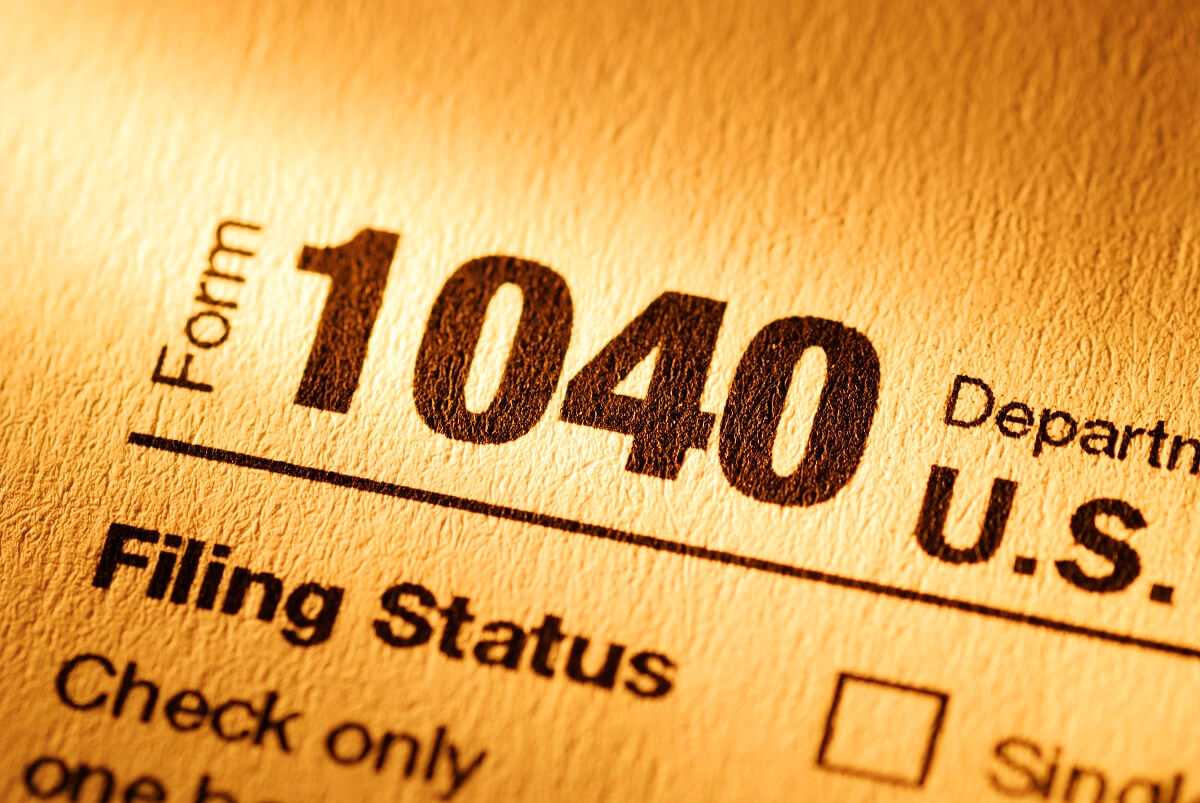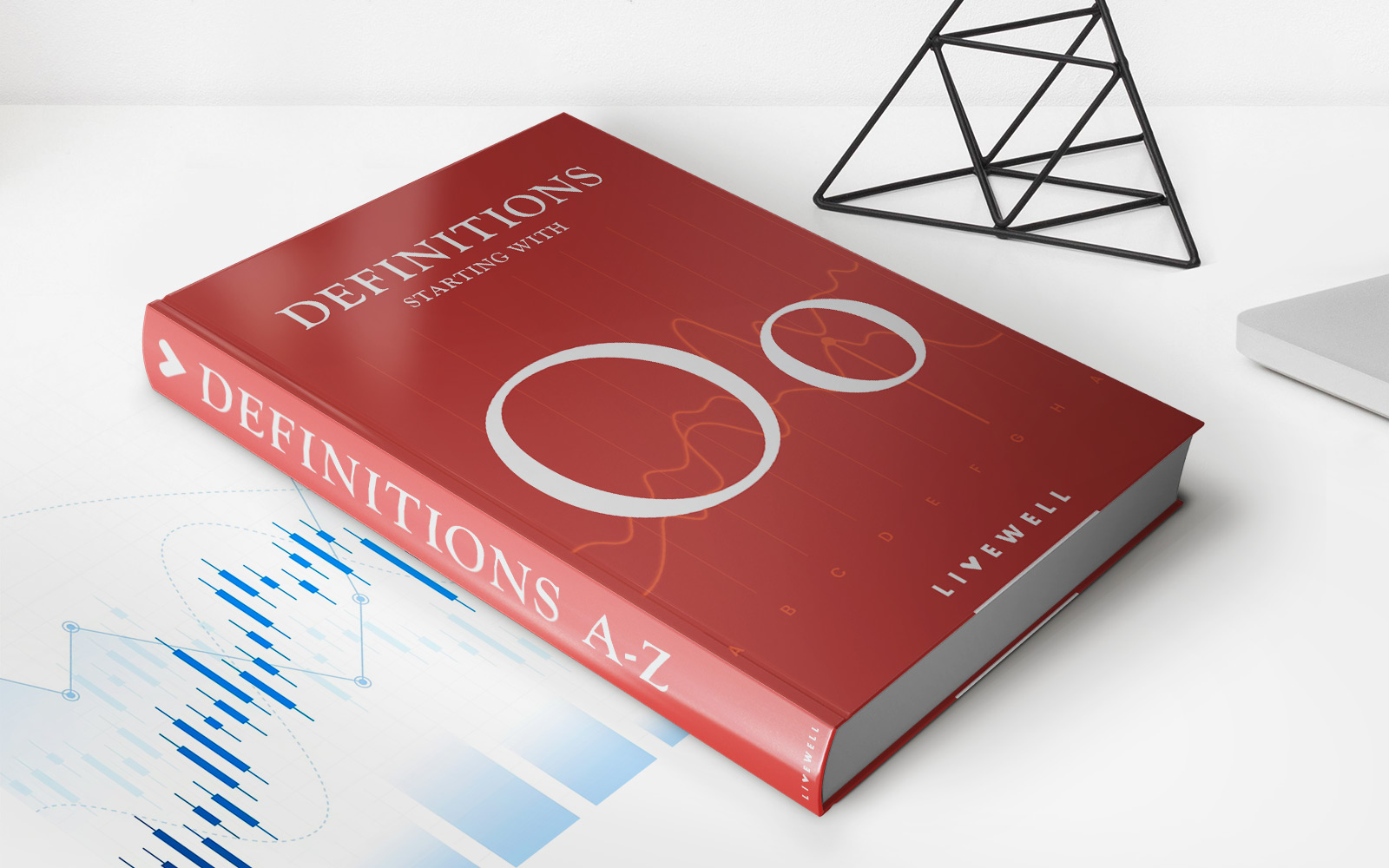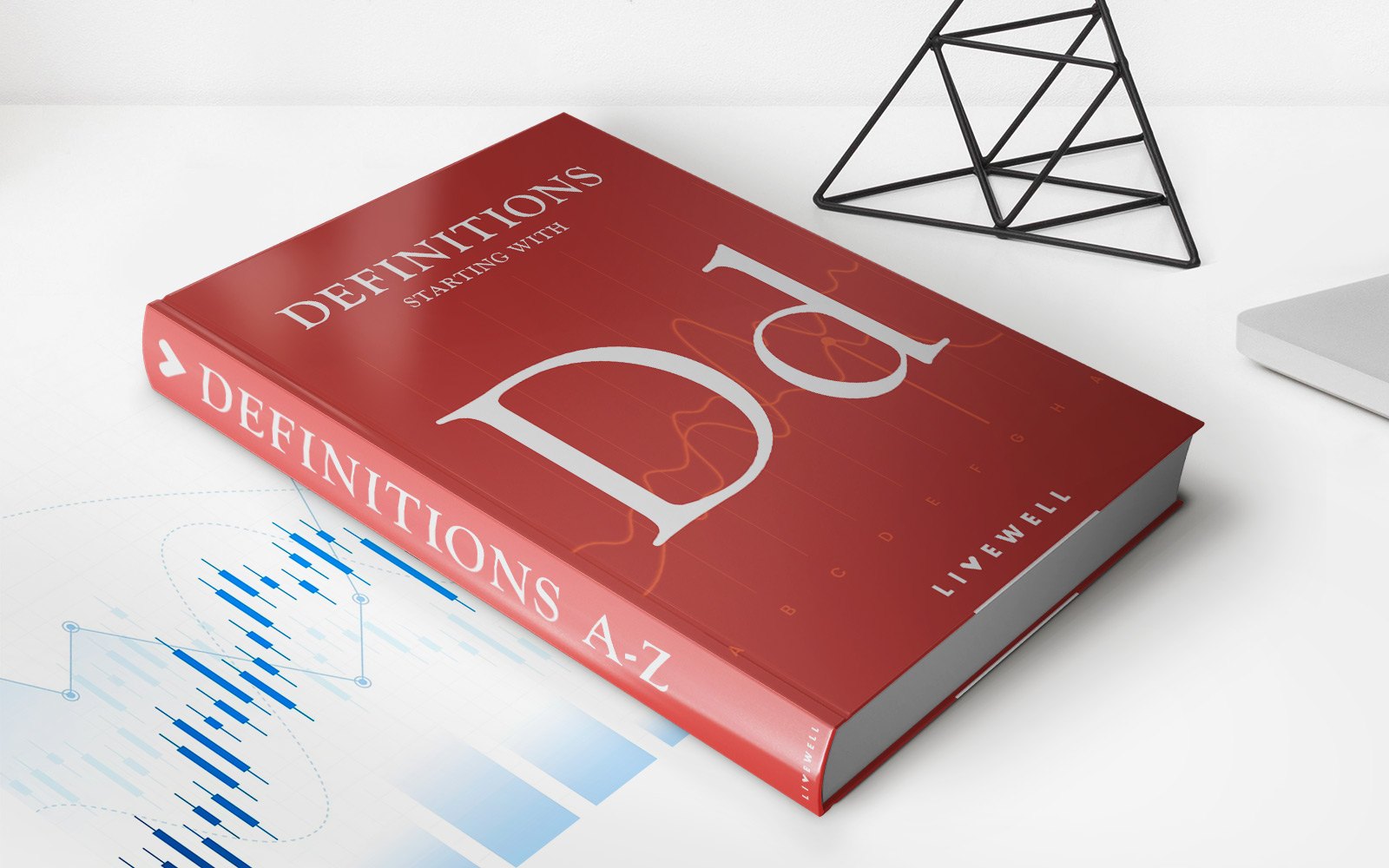

Finance
How Far Does Car Insurance Look Back
Published: November 22, 2023
Looking for car insurance? Find out how far car insurance companies look back on your driving record and get the best finance options for your coverage.
(Many of the links in this article redirect to a specific reviewed product. Your purchase of these products through affiliate links helps to generate commission for LiveWell, at no extra cost. Learn more)
Table of Contents
- Introduction
- Understanding Look-Back Periods
- Look-Back Periods for Different Violations
- Look-Back Periods for Different Types of Insurance Claims
- Factors Influencing Look-Back Periods
- The Importance of Being Aware of Look-Back Periods
- How Look-Back Periods Affect Car Insurance Rates
- How to Find Out Your Look-Back Period
- Conclusion
Introduction
Welcome to the world of car insurance! Whether you’re a seasoned driver or just starting out on the roads, understanding the various factors that affect your car insurance rates is crucial. One important consideration is the look-back period. So, what exactly is a look-back period and why is it relevant to your car insurance?
A look-back period is essentially a period of time that car insurance companies review to assess your driving history. During this period, they take into account any violations, accidents, or claims you have made. These factors can have a significant impact on your car insurance rates. The length of the look-back period varies depending on the type of violation or claim, as well as the insurance company’s policies.
It’s important to understand that car insurance companies use the look-back period to evaluate your risk as a driver. Insurance is all about assessing risk and calculating premium rates accordingly. The idea is that individuals with a history of violations, accidents, or claims are considered more risky to insure, which typically translates to higher insurance premiums.
So, if you’re wondering how far back car insurance companies look, the answer is that it varies. Different violations and claims have different look-back periods, and it’s worth diving into the details to gain a clearer understanding.
Understanding Look-Back Periods
A look-back period is the timeframe that car insurance companies use to assess your driving record. It is the period of time during which any violations, accidents, or claims you’ve made are taken into consideration when determining your car insurance rates. This information helps insurers determine your level of risk and calculate appropriate premium rates.
The length of the look-back period can vary depending on the insurance company and the specific type of violation or claim. Generally, look-back periods can range from three to five years, although some violations may have shorter or longer look-back periods.
During the look-back period, your driving history is thoroughly examined. This includes any traffic violations such as speeding tickets, DUIs, reckless driving, or running a red light. It also includes any accidents or claims you have filed, whether they were your fault or not.
It’s important to note that not all infractions or incidents will appear on your driving record for the full length of the look-back period. Minor violations may have a shorter duration and may be removed from your record after a certain period of time.
Additionally, the severity of the violation or claim can also impact how long it stays on your record. Major infractions like DUIs or at-fault accidents may have a longer-lasting impact on your driving record and can affect your car insurance rates for an extended period of time.
Understanding the specific look-back periods for different violations and claims is essential for drivers. It allows you to manage your expectations and make informed decisions regarding your car insurance coverage. By knowing how long certain incidents can remain on your record, you can take proactive measures to improve your driving habits and potentially lower your insurance rates in the future.
Look-Back Periods for Different Violations
Car insurance companies consider various types of violations when assessing your driving history. The look-back periods for different violations can vary depending on the severity and type of infraction. Let’s explore some common violations and their corresponding look-back periods:
- Minor Traffic Violations: Minor infractions like speeding tickets, failure to stop at a stop sign, or improper lane changes typically have shorter look-back periods. These violations typically remain on your driving record for around three to five years.
- Major Traffic Violations: Serious offenses such as DUIs (Driving Under the Influence), reckless driving, or driving without a license may have longer look-back periods. These types of violations can stay on your driving record for up to seven to ten years, depending on the state and insurance company policies.
- Accidents: If you are involved in an accident, whether at-fault or not, it can impact your car insurance rates. The look-back period for accidents is usually around three to five years. However, if you have multiple accidents within a short period, or if the accident resulted in significant damage or injuries, it may have a longer-lasting impact on your rates.
- License Suspensions: If your driver’s license is suspended due to violations like excessive speeding, driving without insurance, or accumulating too many points on your driving record, it can affect your insurance rates. License suspensions can remain on your record for several years, typically between five to seven years.
It’s important to remember that the length of the look-back period may vary between different insurance companies and states. Additionally, some violations, such as serious offenses like DUIs, may have longer-lasting consequences beyond the look-back period and can impact your driving record for a considerable length of time.
By understanding the look-back periods for different violations, you can gauge the impact that specific infractions may have on your car insurance rates. This knowledge can help you make informed decisions and take measures to improve your driving record over time.
Look-Back Periods for Different Types of Insurance Claims
In addition to traffic violations, car insurance companies also consider insurance claims when assessing your driving history and determining your premium rates. The look-back periods for different types of insurance claims can vary based on the severity of the claim and the insurance company’s policies. Let’s explore some common types of claims and their corresponding look-back periods:
- At-Fault Accidents: If you are involved in an accident where you are deemed at fault, it can impact your car insurance rates. The look-back period for at-fault accidents is typically around three to five years. During this time, the claim will remain on your driving record and may result in higher premium rates.
- Comprehensive Claims: Comprehensive claims cover damages to your vehicle that are not related to collisions with other vehicles. This can include claims for incidents such as theft, vandalism, or natural disasters. The look-back period for comprehensive claims is usually similar to at-fault accidents, lasting around three to five years.
- Uninsured/Underinsured Motorist Claims: If you are involved in an accident with a driver who does not have insurance or has insufficient coverage, you may need to make an uninsured or underinsured motorist claim. These claims typically have a similar look-back period to at-fault accidents, ranging from three to five years.
- Personal Injury Claims: If you are injured in an accident and file a personal injury claim, it can impact your car insurance rates. The look-back periods for personal injury claims can vary, but they typically range from three to five years. Insurance companies consider the severity of the injuries and the resulting claims when assessing your risk as a driver.
It’s important to note that the look-back periods for insurance claims may differ from the look-back periods for traffic violations. Insurance companies evaluate claims and violations separately when determining your car insurance rates. Consequently, a claim may have a different impact on your rates compared to a violation.
By understanding the look-back periods for different types of insurance claims, you can anticipate the potential impact on your car insurance rates. It is crucial to report any claims accurately and provide all necessary documentation to ensure a fair evaluation of your driving history.
Factors Influencing Look-Back Periods
The look-back period for violations and insurance claims is not set in stone and can vary depending on different factors. Insurance companies consider several factors when determining the length of the look-back period. Let’s explore some of the key factors that influence how far back car insurance companies look:
- State Laws: The regulations and laws of each state play a significant role in determining the look-back periods for violations and claims. States have different statutes of limitations for various offenses, and these regulations can impact how long incidents stay on your driving record.
- Severity of the Violation: The severity of a traffic violation or claim can influence the length of its look-back period. Major offenses, such as DUIs or reckless driving, may have longer-lasting consequences compared to minor infractions.
- Repeat Offenses: If you have a history of repeat offenses, insurance companies may extend the look-back period. Multiple violations or claims within a short period can indicate a higher level of risk, resulting in lengthier look-back periods.
- Insurance Company Policies: Each insurance company may have its own policies regarding look-back periods. While most companies align their look-back periods with state regulations, some may have stricter or more lenient policies in place.
- Age and Driving Experience: Young and inexperienced drivers often face longer look-back periods. Insurance companies consider the driving history of newly licensed drivers when assessing their risk profile.
- Previous Insurance Claims: If you have a previous history of insurance claims, even with a different insurance company, it can impact the look-back period. Insurers may consider your overall claims history when evaluating your risk.
Keep in mind that these factors can vary depending on the specific insurance company and state regulations. It is essential to familiarize yourself with the specific factors that may influence the look-back periods applicable to your situation.
Understanding the factors that influence look-back periods can help you better comprehend how insurance companies evaluate your driving history. By knowing these factors, you can take steps to mitigate any negative impact and potentially improve your car insurance rates over time.
The Importance of Being Aware of Look-Back Periods
Being aware of look-back periods and understanding their implications is crucial for any driver. Here’s why it’s important to have a good understanding of look-back periods:
- Insurance Premium Rates: Look-back periods play a significant role in determining your car insurance premium rates. Violations and claims within the look-back period can result in higher premiums, as they indicate a higher level of risk. By knowing the look-back periods for different incidents, you can make informed decisions that may help you secure more affordable insurance coverage.
- Managing Expectations: Understanding the look-back periods allows you to manage your expectations regarding the impact of past incidents on your car insurance rates. You can have a realistic understanding of how long certain violations or claims may affect your driving record and take appropriate measures to improve your driving behavior during that time.
- Opportunity for Improvement: Knowing the look-back periods provides an opportunity for improvement. By being aware of the length of time incidents stay on your record, you can proactively work towards improving your driving habits. This can include practicing safe driving techniques, attending defensive driving courses, or seeking legal assistance to handle any violations or claims.
- Making Informed Decisions: Understanding look-back periods empowers you to make informed decisions regarding your car insurance coverage. You can explore different options, compare insurance quotes, and choose the coverage that best suits your needs and budget. When renewing or switching insurance providers, you can factor in the look-back periods to make a more accurate cost assessment.
- Ensuring Accuracy: By being knowledgeable about look-back periods, you can ensure the accuracy of your driving record. Take the time to review your record periodically to identify any inaccuracies or errors. Reporting incorrect information can potentially save you from paying higher premiums due to misrepresented incidents.
Ultimately, being aware of look-back periods empowers you as a driver. It allows you to understand how past incidents can impact your car insurance rates, make informed decisions regarding your coverage, and work towards improving your driving record. By being proactive and staying informed, you can navigate the world of car insurance more effectively and possibly enjoy more affordable rates in the long run.
How Look-Back Periods Affect Car Insurance Rates
Look-back periods have a direct impact on your car insurance rates. Insurance companies use these periods to assess your driving history and determine the level of risk you pose as a driver. Here’s how look-back periods influence your car insurance rates:
- Determining Your Risk Profile: Look-back periods allow insurance companies to evaluate your driving history and determine your risk profile. Any violations, accidents, or claims within the look-back period indicate a higher level of risk. Insurance companies consider individuals with a history of incidents more likely to file future claims and adjust premiums accordingly.
- Increased Premiums: If you have a history of violations or claims within the look-back period, insurance companies may raise your premiums. The rationale is that individuals with a higher risk profile pose a greater likelihood of filing claims, and thus require higher premiums to cover potential expenses.
- Lowered Eligibility for Discounts: Having incidents within the look-back period can impact your eligibility for certain discounts. Safe driver discounts or claims-free discounts may not be applicable if you have recent violations or claims on your driving record.
- Longer-Term Consequences for Serious Offenses: Serious offenses, such as DUIs or multiple at-fault accidents, can have longer-lasting consequences beyond the look-back period. They can remain on your driving record for an extended period, resulting in higher premiums even after the look-back period has expired.
- Opportunity for Rate Reduction: On the other hand, maintaining a clean driving record within the look-back period can potentially lead to rate reduction. Insurance companies often offer lower premiums to drivers with no recent incidents, as it indicates a lower risk of future claims.
It’s important to note that the actual impact on your car insurance rates will depend on various factors, such as the severity and frequency of incidents, your overall driving record, and the specific insurance company’s policies. However, having a good understanding of look-back periods allows you to anticipate the potential impact on your rates and take appropriate actions to improve your driving behavior to potentially lower your premiums.
By maintaining a clean driving record, practicing safe driving habits, and staying informed about look-back periods, you can ensure that you are in the best position to secure more affordable car insurance rates.
How to Find Out Your Look-Back Period
Determining the specific look-back period applicable to your driving record may require some research and investigation. Here are a few ways you can find out your look-back period:
- Contact Your Insurance Company: Start by reaching out to your insurance company. They should be able to provide you with information about the look-back periods they consider when determining your car insurance rates. They can provide details specific to your policy and state regulations.
- Check with Your State Department of Motor Vehicles (DMV): State DMVs are responsible for maintaining driving records and may have information regarding the look-back periods for different violations and claims. Check their website or contact them directly to inquire about the specific regulations applicable in your state.
- Research State Laws: State laws often provide guidelines regarding look-back periods for various violations and claims. By researching the specific legislation in your state, you can gain insights into the timeframe insurance companies typically consider.
- Consult with an Insurance Agent or Broker: Insurance agents or brokers are knowledgeable about insurance regulations and can help you understand the look-back periods relevant to your situation. They can provide personalized guidance and assist you in finding the information you need.
- Online Resources: There are websites and resources available that provide general information about look-back periods. While the information may not be specific to your state or insurance company, it can give you a starting point to understand the concept and the factors at play.
Keep in mind that look-back periods can vary depending on the specific violation or claim, as well as the state and insurance company policies. It’s essential to gather accurate and up-to-date information to ensure you have a clear understanding of the look-back periods relevant to your circumstances.
By taking the time to research and find out your look-back period, you can make informed decisions regarding your car insurance coverage and take proactive steps to improve your driving record, potentially leading to lower insurance premiums in the future.
Conclusion
Understanding look-back periods and their impact on your car insurance is crucial for all drivers. The length of the look-back period can vary depending on the type of violation or claim, as well as the insurance company’s policies. By having a clear understanding of look-back periods, you can make informed decisions regarding your car insurance coverage and take necessary steps to improve your driving history.
Being aware of the look-back periods allows you to manage your expectations regarding the impact of past incidents on your car insurance rates. It also provides an opportunity for improvement by encouraging safe driving practices and working towards reducing future claims.
Look-back periods have a direct impact on your car insurance rates. Insurance companies use these periods to assess your risk profile and determine appropriate premium rates. Having violations or claims within the look-back period can result in increased premiums, while maintaining a clean driving record can potentially lead to rate reductions.
Finding out your specific look-back period may require contacting your insurance company, checking with your state’s DMV, or seeking guidance from an insurance agent or broker. It’s essential to gather accurate information to ensure you have a clear understanding of how far back incidents stay on your driving record.
In conclusion, being informed about look-back periods empowers you to make better decisions regarding your car insurance coverage. By understanding how violations and claims affect your rates, you can take proactive steps to improve your driving record and potentially lower your insurance premiums in the future.














